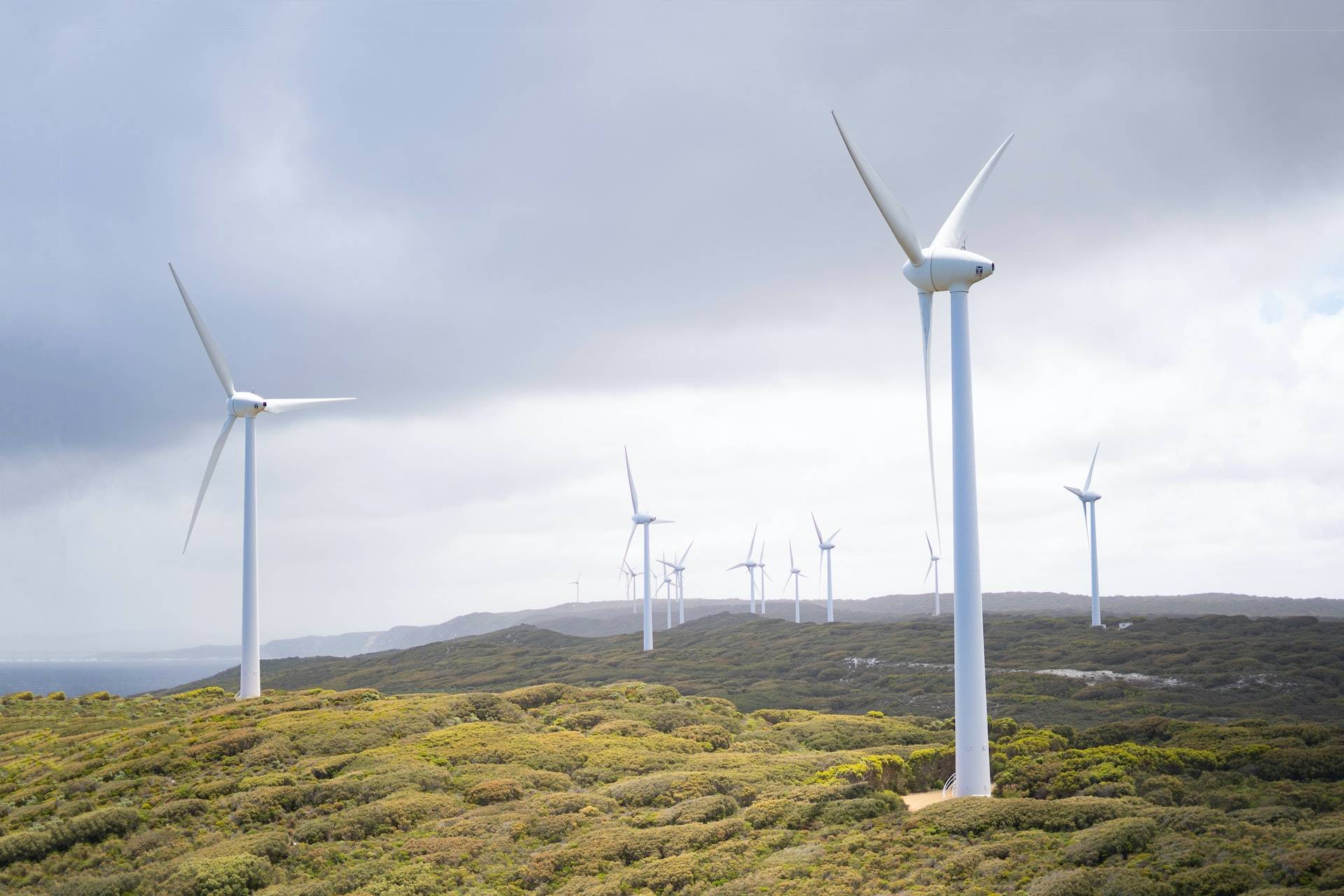Almost half of the UK’s electricity generation is now derived from renewables, a new report from the Department for Energy Security and Net Zero (DESNZ) has found. Released at the end of June, the report compares Quarter 1 of 2022 and 2023, analysing the latest trends in energy, renewables, fossil fuels, and other UK power sources.
While renewables are charging forward in terms of growth, there is still a lack of urgency around need to decrease fossil fuel dependence. We’ve pulled the key highlights from the report below.
Renewable energy surges ahead
Renewable energy generation in the first quarter of 2023 accounted for 47.8% of total electricity generation. Renewable installed capacity increased by 5.1% in Quarter 1 2023, mostly in offshore wind and solar PV. Energy from offshore wind in particular has risen to 19.2% from 0.6% in the same quarter of 2010.
Key Statistic: Renewable’s share of electricity generation marks a new record-high. This is just higher than the 47.1% achieved in the first quarter of 2021 when the UK was experiencing unusually high wind speeds.
Decline in coal and natural gas
Coal generation also dropped down by a staggering 54% compared to Quarter 1 of 2022. Part of this is due to a significant drop in demand from electricity suppliers, which fell to 468 thousand tonnes and is 51% lower than in Quarter 1 of 2022. Domestic coal production also dropped steadily because of mine closures and reduced demand, though imports generally filled the gap.
Key Statistic: On a larger timescale, the UK’s use of coal is declining. In the first quarter of 2012, the UK imported 10.4 million tonnes of coal whilst in the first quarter of 2023 this fell to 1.3 million tonnes.
Decrease in fossil fuel demand
While total electricity generation between Q1 of 2022 and 2023 were similar, there was a 10% decrease in fossil fuel use year-on-year as renewable capacity increased. It is currently the second lowest quarterly value published on the data series. This was due to a combination of lower electrical demand, which decreased the need for fossil fuel generation, and a 44% increase in net imports, which assisted in meeting fossil fuel needs.
Key Statistic: From year to year, Q1 of 2023 saw a higher contribution of electricity from renewable and nuclear and lower generation from fossil fuels.
Challenges and Future Outlook
Despite positive developments, the report identifies several challenges for the UK’s energy sector in getting to net zero. These include the need to shift away from fossil fuel dependency and invest more heavily in of renewable energy.
- While renewable energy has reached a new record share of electricity generation, it is still only up by 5.8% from 2010. This indicates that, almost 13 years later, progress is excruciatingly slow.
- While fossil fuel consumption has decreased, it still accounts for 35% of the UK’s electricity energy mix.
- Net import dependency, or how much the UK relies on outside energy sources, was also up 5.0 percentage points to 43.6% in Q1 of 2023, meaning that our power sources are still vulnerable to outside turbulence.
While the Energy Trends report highlights that the UK is making positive steps forward, the CCC expressed its frustration at the slow pace of change in a progress report to Parliament last week. Now the question remains: Will the government’s current efforts to decarbonise be enough to reflect significant positive change in next year’s trends report?













